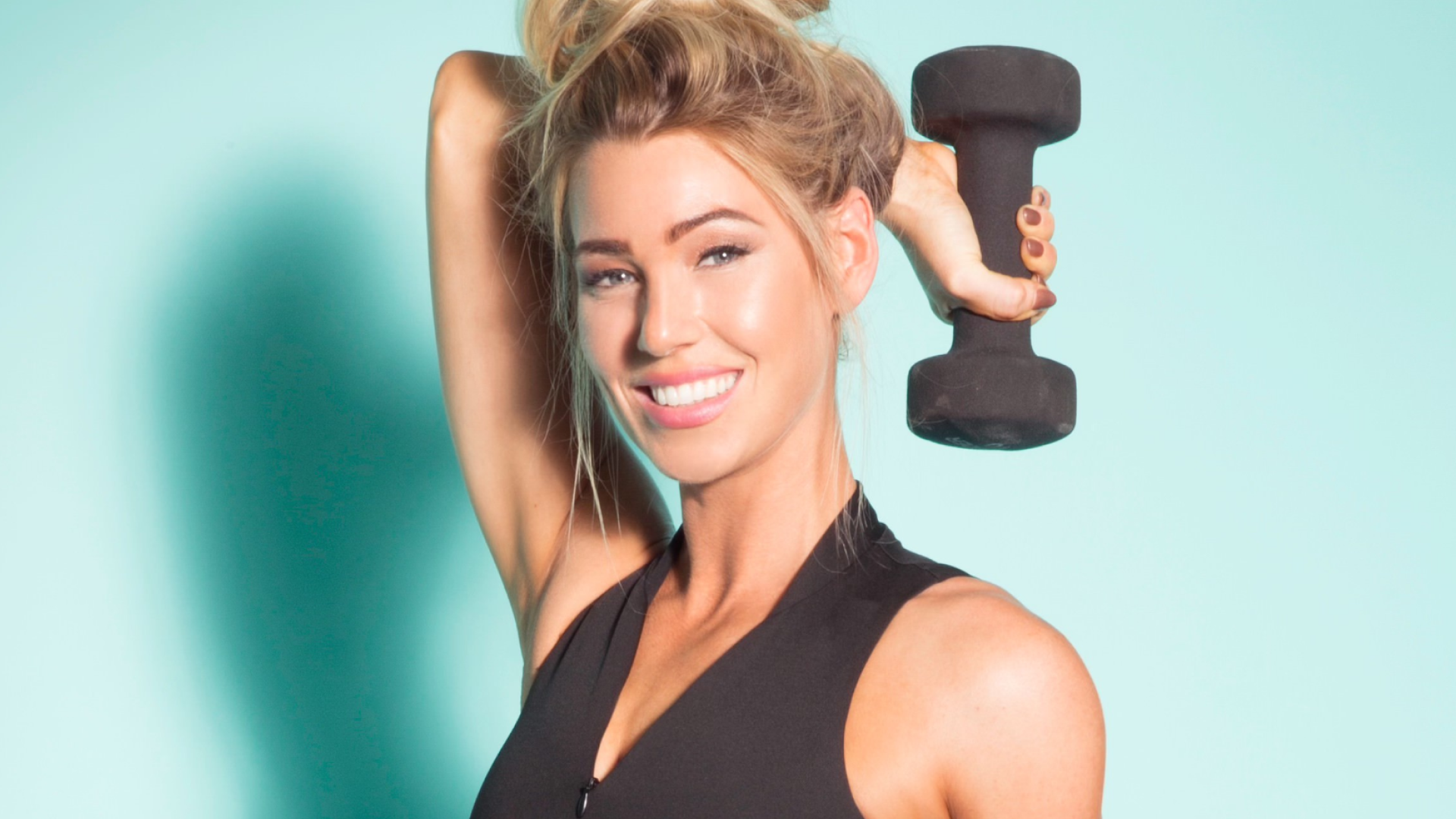6 Functional Exercises Every Workout Routine Should Include

Being able to go to the bathroom by yourself well into old age may not be at the top of your list of workout goals — but it should at least be in the top 5 (or even top 3!). Because while being strong and confident in your body right now is great, it’s even more important to carry that with you throughout your entire life.
One of the best ways to make sure that happens is by incorporating functional exercises into your workout routine. Unlike isolated movements that target specific muscles, functional exercises mimic real-life movements and engage multiple muscle groups simultaneously. They not only improve strength and flexibility but also enhance your overall coordination and balance.
Below are six essential functional exercises to make sure you have included somewhere in your weekly sweat sessions. These exercises are the foundation of functional fitness, helping you build a stronger, more agile, and injury-resistant body capable of handling daily activities with ease.

1. Squat
The squat is a fundamental movement pattern that targets your lower body, core, and back muscles. It involves bending at the hips and knees, simulating movements we perform daily, like sitting down or picking up objects. Here's how to do a bodyweight squat:
- Stand with your feet between shoulder- and hip-width apart.
- Initiate the movement by pushing your hips back and bending your knees to lower your body as if you were sitting back onto a chair.
- Keep your chest up and back straight, ensuring your knees don't go beyond your toes.
- Lower down until your thighs are parallel to the ground or slightly below.
- Push through your heels to return to the starting position.
2. Hinge
The hinge movement pattern focuses on the hip hinge, which is essential for activities like lifting objects or bending forward without straining your back. The classic example of a hinge exercise is the deadlift. Here's how to do a dumbbell hip hinge:
- Stand with your feet shoulder-width apart and a slight bend in your knees.
- Hold a dumbbell in each hand.
- Hinge at your hips by pushing them back while keeping your spine neutral. Think about using your butt to close a door behind you.
- Lower your upper body until it's nearly parallel to the ground, maintaining a slight bend in your knees. The weights should stop at about the middle of your shins.
- Engage your glutes and hamstrings to return to standing.
3. Lunge
Lunges target your legs and glutes while also challenging your balance and stability. They are excellent for functional leg strength. Here's how to perform a forward lunge:
- Stand tall with your feet a few inches apart.
- Take a step forward with one leg and lower your body until both knees are bent at 90 degrees.
- Ensure your front knee doesn't go beyond your toes and your back knee hovers slightly above the ground.
- Push through your front heel to return to the starting position.
- Repeat on the other leg.
4. Rotate
Rotation exercises enhance your core strength and improve your ability to twist and turn with control — without hurting your back. One effective rotation exercise is the woodchop:
- Stand with your feet shoulder-width apart, holding a weight (dumbbell, medicine ball, or kettlebell) with both hands.
- Rotate your torso to the left as you raise the weight diagonally upward and across your body.
- Simultaneously pivot your back foot as you reach up and out to the side of your body with the weight and engage your core during the movement.
- Lower the weight back down as you bend into a semi-squat and lower the weight down and to your right, twisting your torso slightly as you do.
- Repeat the movement, making sure to engage your abdominal muscles to protect your back.
- Complete the set and then switch sides.
Other rotation exercises include lateral medicine ball toss, landmine rotation, lunge with rotation, and Pallof press.
5. Push
Push exercises are upper-body movements that strengthen the muscles that assist in, aptly, pushing things away from you. These include your chest, shoulders, triceps, and core. One of the most common push exercises is the push-up:
- Start on all fours with your hands under your shoulders and knees under your hips.
- Press through your hands and straighten your knees to come into a plank position with your body in a straight line from heels to hips to head.
- Lower your chest toward the ground by bending your elbows, keeping your body in a straight line.
- Push through your palms to return to the starting position.
Other push exercises include bench press, chest fly, overhead press, and lateral raises.
6. Pull
Pull exercises are the exact opposite of push exercises. While they’re also upper-body movements, they target the muscles responsible for pulling motions — your back, biceps, and shoulders. One of the best pull exercises is the bent-over row:
- Stand with your feet shoulder-width apart and hold a dumbbell in each hand.
- Hinge forward and bend your knees slightly, allowing the weights to hang down directly from your shoulders. Your palms should face in toward each other.
- Engage your upper-back muscles and squeeze your shoulder blades together as you draw the weights up toward the side of your torso. Your elbows will point up.
- Lower the weights back down with control, then repeat.
Other pull exercises include pull-up, biceps curl, face pull, dumbbell pullover, renegade row, and reverse fly.



